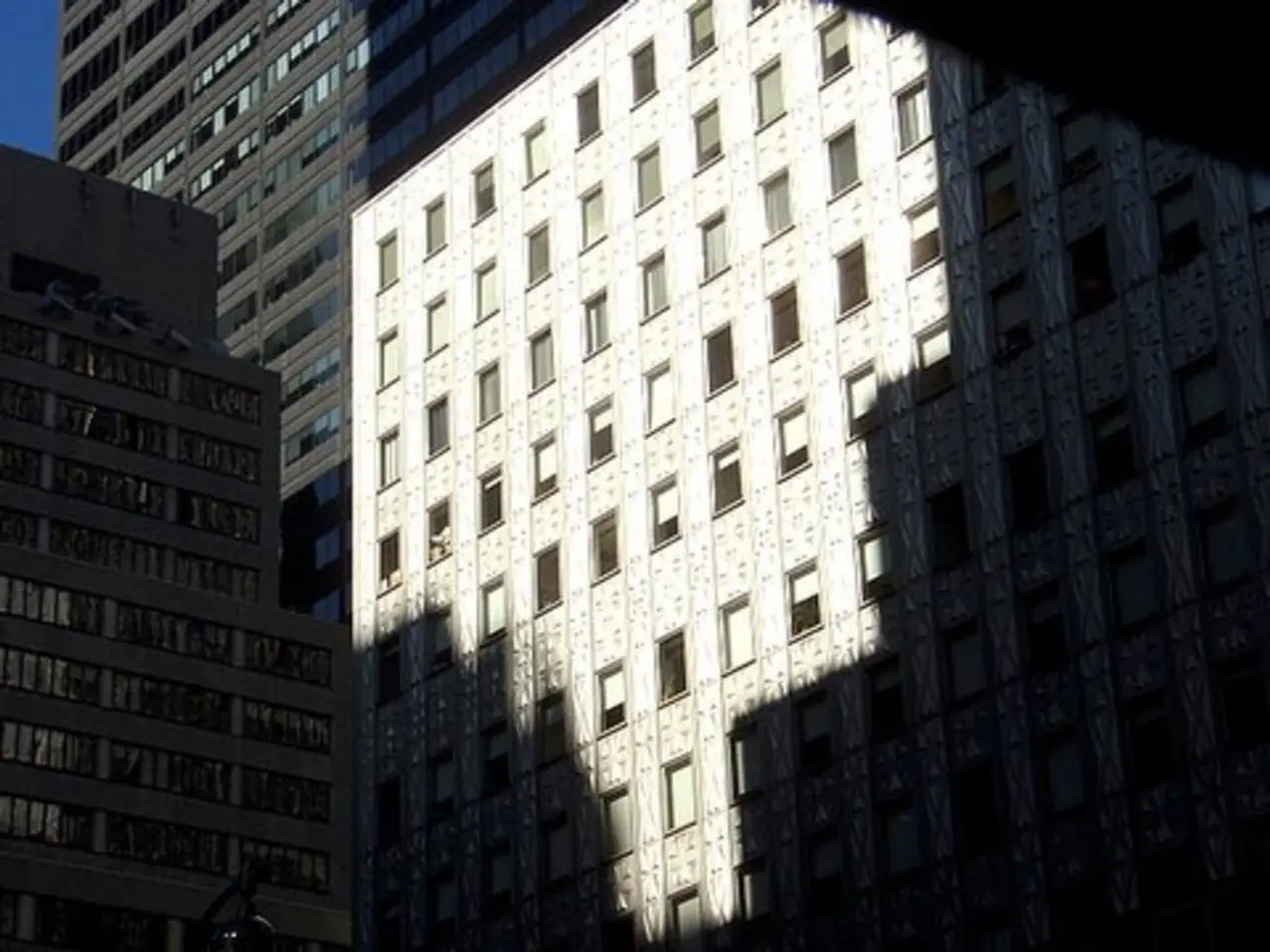Guide to Environmental Design Fundamentals
In the rapidly evolving world of urban planning and environmental design, a focus on sustainability is more crucial than ever before. With the pressing issues of climate change, urbanization, and technological advancements, cities are adapting and innovating to create a greener, more livable future.
One of the key trends in sustainable urban planning is the emergence of Climate-Smart Cities. These cities are working towards becoming net-zero carbon by implementing strategies such as electrifying transportation, using district energy networks, and retrofitting buildings with green energy technologies.
Another important aspect is the increased emphasis on using sustainable materials in construction. This shift includes the use of low-carbon, circular materials like green concrete and mass timber, which help reduce embodied carbon.
Smart city technologies are also being integrated to enhance resource management, public services, and livability. Artificial Intelligence (AI) is being used for efficient urban planning and governance, optimizing resource allocation and predicting infrastructure needs.
Green infrastructure is a vital component in urban planning, and incorporating green spaces and biodiversity into urban design is crucial for sustainability and residents' quality of life. Trees, for instance, provide shade, act as natural air filters, and add aesthetic value, improving mental health and property values.
Looking ahead, the role of AI in urban planning is set to increase significantly, optimizing resource allocation and predicting infrastructure needs. Cities will continue transitioning to low-carbon solutions, including electrification of transportation and energy-efficient buildings.
Research and development of innovative sustainable materials will also continue, with a focus on reducing carbon emissions and improving building performance. Urban design will prioritize resilience, incorporating strategies to adapt to climate change and ensure equitable access to sustainable technologies.
However, several challenges remain. Cities must address high greenhouse gas emissions and integrate sustainable practices into urban design. Ensuring affordable housing options is crucial, with strategies like mixed-income developments and public transportation improvements. Balancing technological advancement with equitable access and privacy concerns is also essential.
Environmental psychology, which focuses on the relationship between people and their surroundings, plays a significant role in influencing human behavior, mood, and well-being. Landscaping in environmental design goes beyond aesthetics, embedding sustainability into the very fabric of outdoor spaces by selecting and arranging plants and structures to create an ecosystem that supports local wildlife, promotes biodiversity, and provides ecological benefits.
The core of environmental design lies in its focus on the interaction between humans and their surroundings, aiming to optimize comfort and functionality while minimizing negative impacts on the environment. This approach significantly impacts how individuals interact with spaces, shaping emotions, actions, and long-term behavior.
In conclusion, sustainable urban planning and environmental design are evolving rapidly to meet the challenges of the 21st century. By focusing on climate-smart cities, sustainable materials, smart technologies, green infrastructure, and resilient urban design, we can create cities that enhance quality of life while minimizing environmental impact.
- The integration of data and cloud computing in environmental science is essential for predicting climate-change effects and managing urban resources efficiently.
- In the home-and-garden sector, sustainable living focuses on the use of environmentally-friendly materials and practices, such as cultivating native plants for reduced water usage and minimal chemical inputs.
- Technology plays a pivotal role in facilitating sustainable living, with solutions like solar panels for energy production and smart home devices for efficient energy consumption gaining prominence.
- As urban planning focuses on sustainability, environmental-science principles must be applied to residential developments, ensuring that they are energy-efficient, promote biodiversity, and enhance residents' quality of life.




